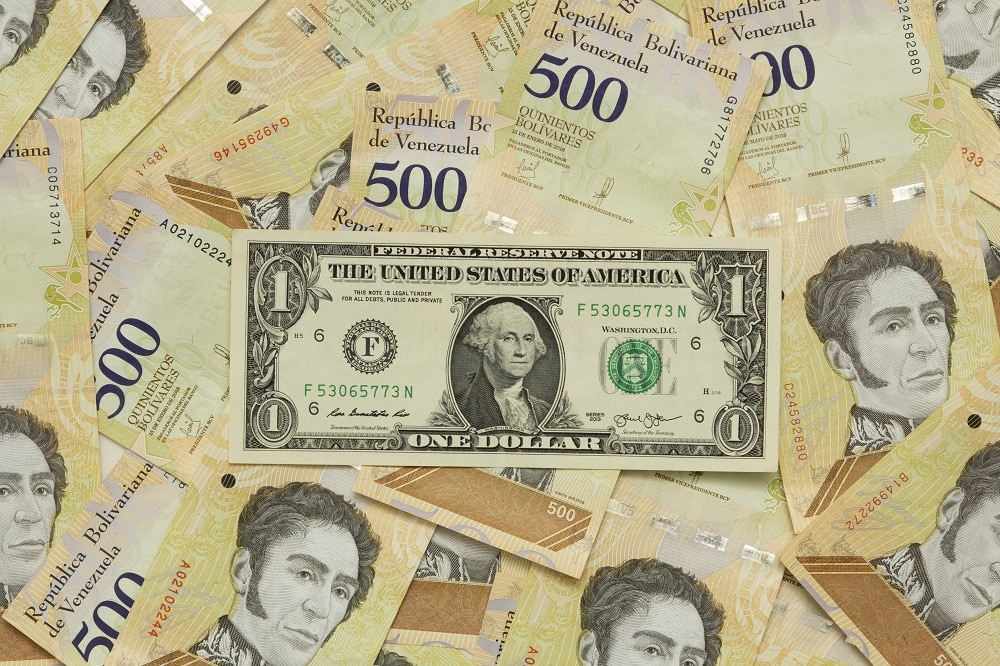Contents
Key facts:
Economists consider that the allocation of 0.5 PTR raised the price on the secondary market.The December 31, the dollar was traded in to 56,000 bolivars. This January 3, exceeds the 73.000.The price of the parallel dollar Venezuela experienced a rise of 30% in the course of these first three days of the 2020, with a contribution that went from the 56.122 bolivars per dollar, the December 31, 2019, to 73.321 bolivars this Friday, 3 January, according to figures provided Monitor Dollar Venezuela.Economists have as a main hypothesis that the escalation is due to the recent allocation of 0.5 petros (PTR), about $ 30, that under the figure of “petroaguinaldo” was awarded last December to more than three million pensioners and 2.800.000 public workers.For Henkel García, director of the advisory firm Econometric, the increase in the price of the dollar would be related to the fact that the beneficiaries are pulling away from the petros purchasing products through points of sale Biopago of the Bank of Venezuela, a system that is interconnected with the platform for the country in which it was created a wallet for the reception of petros.”Practically the only way to make use of the petro is through the platform of Biopago. I understand that the merchant receives bolivars, which, very probably, are being created by the Central Bank of Venezuela. If so, it is obvious that the pressure on the exchange rate view of these last days,” shared Garcia from his Twitter account.For the analyst, the government has a three-pronged strategy: continue to provide benefits of this type as a State policy, to force the circulation of the petro and do believe they possess this so-called criptomoneda is equivalent to having dollars.However, Garcia stressed that the people are not assuming that way. “With the degree of dollarization current and failure conceptual and operational of the PTR, this will never be accepted in a broad way,” he said.
Injection of bs and a few dollars
A similar view is that of Asdrubal Oliveros, an economist and director of the firm Ecoanalítica, who stressed that the increase is related to two factors: the injection of venezuelan bolivars and petros, and the limited supply of dollars by the holiday of Christmas. Through his Twitter shared the following:”The exchange rate has sobrerreacionado given the pressure of demand (an injection of bolivars and/or petros) and a supply of dollars is very low for the rest of christmas. The key will be to look at your behavior the next week, when the bidders usual start to appear,” wrote Oliveros.In connection with what happened in the last days, José Guerra, professor of the School of Economics of the Central University of Venezuela (UCV), explained that the increase in the price of the dollar has a basic aspect and it is considered that people don’t want the bs nor the petros.Su criterion is that “a currency depreciates when the people don’t want to. That is to say, when the demand for that currency decreases. No one wants bolivars and, therefore, their value falls, which is to say that low against the dollar”. In regard to the petro, a War is not considered as a criptomoneda in itself, but that it is “bolivars in disguise”.The price published by Monitor Dollar Venezuela this January 3 is the highest that has been registered in the parallel market in recent months, in a country where the minimum monthly wage is 300,000 bolivars per month, or what is the same about four dollars at the current exchange rate.Even, the strong increase of became a trend on Twitter during this Friday, with the hashtag #dollar positioning itself in first place among the tweeters.Unlike petro, a project of criptomoneda that’s about driving the national government from December 2017, bitcoin itself is used for the sending and receipt of remittances, exchanges with other cryptocurrencies, payments at commercial establishments, and as a receipt of value for both private individuals and companies before the hyperinflation that faces the south american country.

